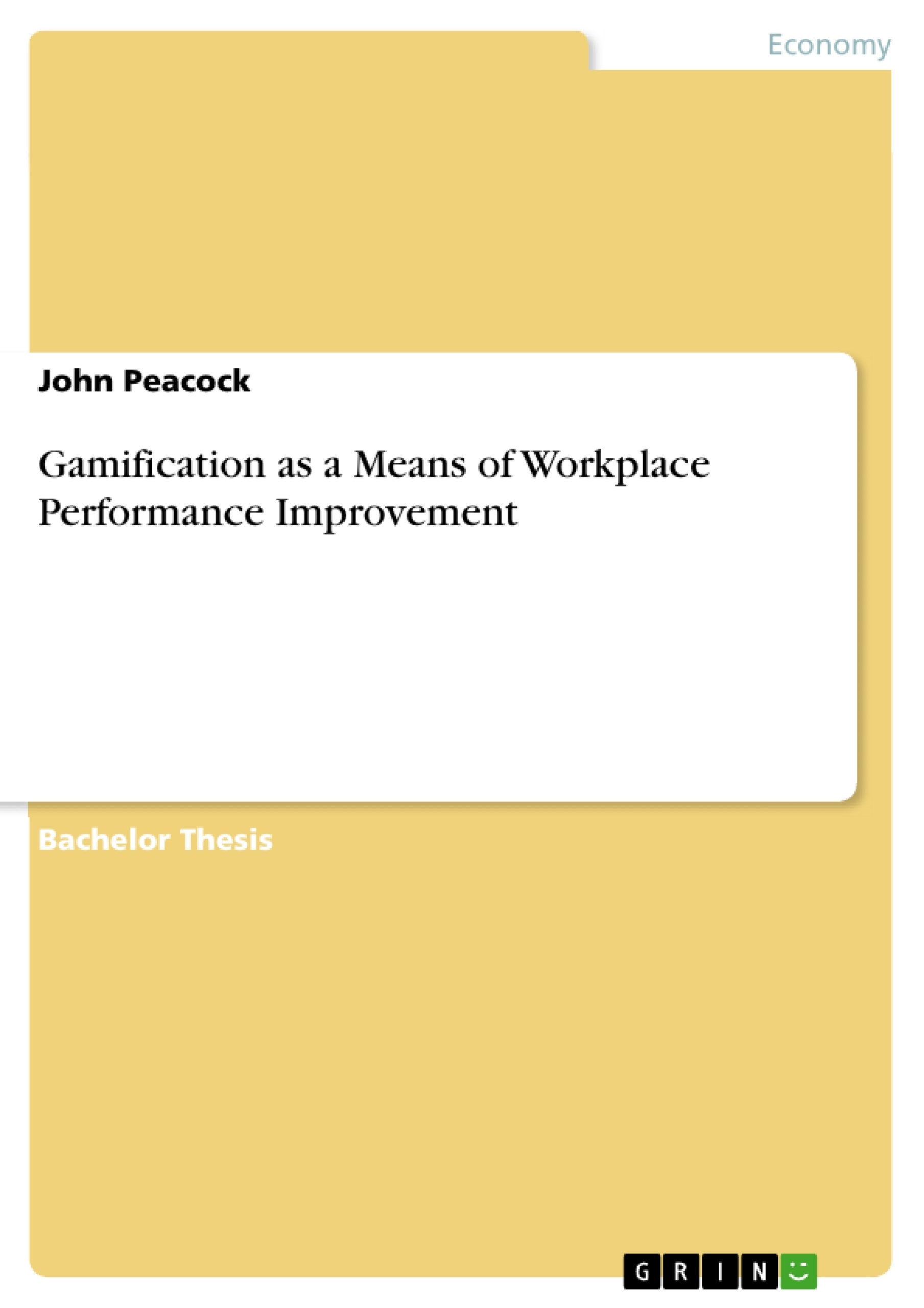This thesis explores how gamification might be implemented to lessen the problems associated with of the Dunning-Krüger Effect and Imposter Syndrome within commercial organizations.
The thesis attempts to discern if and to what extent gamification can be used as a systemically integrated concept to provide superior training opportunities and facilitate an open, unbiased feedback culture within organizations with the goal of alleviating the previously noted metacognitive deficiencies. Moreover, successful implementations of gamification are reviewed to determine whether or not they are useful in achieving these goals of providing better, more frequent performance feedback and training opportunities to employees.
The specific research questions are stated clearly as follows: Can gamification prevent or remedy problems associated with the Dunning-Kruger Effect and the Imposter Syndrome? If yes, which elements of gamification are helpful in achieving this goal? What inherent risks exist in doing so?
Inhaltsverzeichnis (Table of Contents)
- Introduction
- Research Questions
- Methodology
- Structure
- Performance Feedback
- Necessity of Performance Feedback
- Survey
- Dunning-Kruger Effect
- Impostor Syndrome
- Johari Window
- Gamification
- The Value of Games
- Definition of Gamification
- Elements of Gamification
- Maslow's Hierarchy of Needs
- Intrinsic and Extrinsic Rewards
- The State of Flow
- Practical Applications
- Application 1: Delta Airlines
- Application 2: Deloitte
- Application 3: Rypple
- Overview of Reviewed Gamification Elements
- Challenges and Risks of Gamification
Zielsetzung und Themenschwerpunkte (Objectives and Key Themes)
This bachelor thesis aims to analyze gamification as a means to improve workplace performance. The research focuses on how gamification can be used to provide more effective feedback and training to employees.
- The limitations of traditional feedback and training methods
- The impact of cognitive biases such as the Dunning-Kruger effect and impostor syndrome on performance
- The benefits and challenges of integrating gamification into organizational practices
- Real-world examples of successful gamification applications
- Potential risks and challenges associated with gamification implementation
Zusammenfassung der Kapitel (Chapter Summaries)
- Introduction: This chapter introduces the problem of employees being unable to accurately assess their own skills, leading to potential overconfidence or underestimation. It explores the Dunning-Kruger effect and impostor syndrome as key cognitive biases affecting performance.
- Performance Feedback: This chapter delves into the necessity of providing constructive feedback to employees. It includes a discussion on the Dunning-Kruger effect, impostor syndrome, and the Johari Window as frameworks for understanding self-perception.
- Gamification: This chapter defines gamification and its potential to improve performance feedback and training. It discusses the elements of gamification, such as points, badges, and leaderboards, and how they can motivate and engage employees.
- Practical Applications: This chapter presents real-world examples of organizations that have successfully implemented gamification strategies to improve performance. It explores specific applications from companies like Delta Airlines, Deloitte, and Rypple.
- Challenges and Risks of Gamification: This chapter examines the potential challenges and risks associated with implementing gamification. It considers issues such as ethical concerns, design flaws, and the potential for unintended consequences.
Schlüsselwörter (Keywords)
This work explores the potential of gamification in workplace performance improvement, focusing on key concepts such as cognitive biases, performance feedback, gamification elements, intrinsic and extrinsic rewards, and real-world case studies.
- Arbeit zitieren
- John Peacock (Autor:in), 2015, Gamification as a Means of Workplace Performance Improvement, München, GRIN Verlag, https://www.grin.com/document/366572



